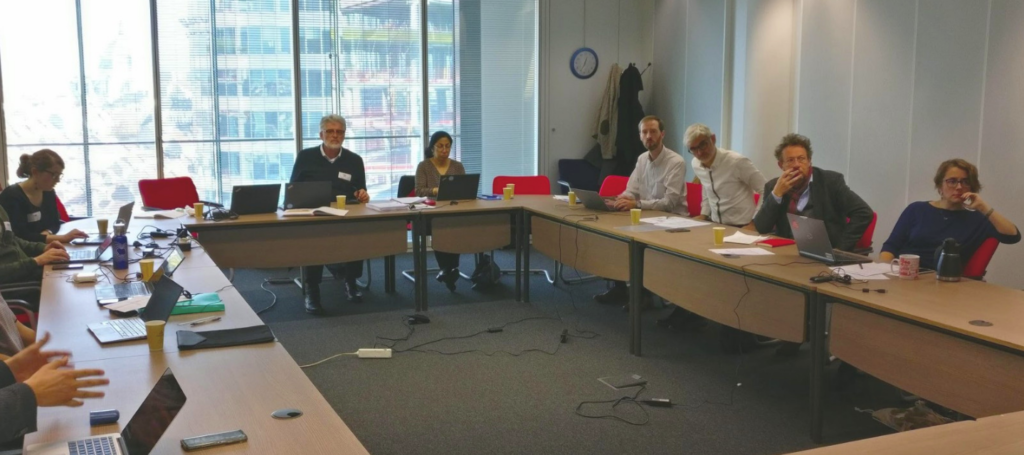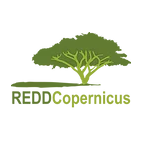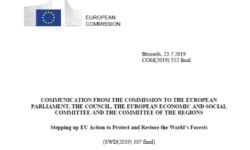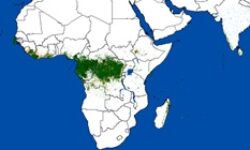Service Component

The REDDCopernicus Project Consortium organized a half-day workshop in Brussels on 14 November 2019 where the first findings of the project were presented to the Directorate-General for Internal Market, Industry, Entrepreneurship and SMEs (DG GROW), the ESA member of the advisory board and the Research Executive Agency (REA), where the Workshop was hosted. The objectives of the workshop were to discuss the outcomes with European Commission services which are among the key stakeholders identified by the project.
The Consortium Partners presented the results of the Policy Review and Stakeholder Requirements Assessment and the Assessment of European Capacity for Earth Observation based Forest Monitoring, both of which constitute the first Milestone of the Project which was successfully reached by the end of October.
This means that the project has successfully connected to stakeholders in Europe and developing countries and has identified the requirements of both International and European Policy Segments, as well as the specific requirements of Stakeholder Groups dealing with EO forest monitoring. These include European Commission Services, REDD+ countries, International Donors and Development Organizations, the Research Community, International NGOs and the Private Sector.
The Assessment of European Capacities has resulted in a broad, yet very detailed overview of European Capacity to implement a future EO Forest Monitoring and REDD+ Service Component, in terms of available concepts relevant to EO forest monitoring (tools and algorithms, products and processing platforms and infrastructure). The assessment used the GFOI tool Consistent Assessment of Levels of Maturity (CALM) in order to analyse the levels of operationality of the concepts and resulted in a comprehensive overview of European Capacity, showing both operational concepts as well as identified research gaps.
The initial design of the Copernicus Forest Monitoring and REDD+ Service Component picks up the results of the first milestone and identifies different technical design options for the service based on the assessment of performance/ functionality/ utility of the processes behind existing operational products and methods, as well as the organisational elements required for such a service. The presentation to DG GROW and REA covered the selection approach for the design options (through a benchmarking matrix exercise), the options themselves as well as the analysis of the organisational and financial framework for the implementation of the Service Component.
The results were discussed with DG GROW and REA in detail and useful suggestions for the initial design of the service component were made, including making the link between the policy requirements and the products more visible and providing a matrix to check the ‘fit for purpose’ of the datasets.
The REDDCopernicus Consortium would like to thank DG GROW, REA and ESA for their participation in the workshop and their valuable inputs. The next step in the project will comprise the finalization of the initial design for the future Copernicus Forest Monitoring and REDD+ Service Component which will be introduced to REDD+ country stakeholders in five regional workshops in the first half of the year 2020.
By Peter Navratil



